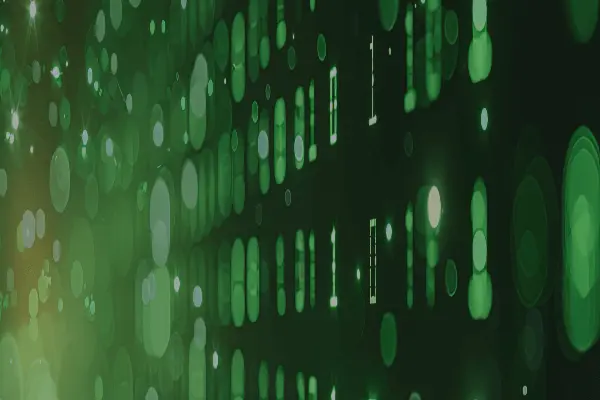
With IEC 62443, you contribute to a safe, reliable and future-proof industrial infrastructure

With IEC 62443, you contribute to a safe, reliable and future-proof industrial infrastructure
IEC 62443
The industry standard IEC 62443 for cybersecurity
It’s vital to protect the users of your connected products from the ever increasing number of cyber attacks happening in the world today. Certification against parts of the IEC 62443 series, the industry standard for cybersecurity, helps you do this. It minimises the risk of your products or product components becoming the target of cyber attacks. DEKRA is a designated test institute that certifies against various parts of IEC 62443 and offers a comprehensive approach to the cybersecurity of your products. This page tells you more about the IEC 62443 series.
Comply with laws and regulations with IEC 62443
Various IEC 62443 sub-standards
Cybersecurity throughout the value chain
Security levels: the degree of security
- SL 1: protection against casual or incidental violation.
- SL 2: protection against intentional violation using simple means with low resources, generic skills and low motivation.
- SL 3: protection against intentional violation using sophisticated means with moderate resources, IACS specific skills and moderate motivation.
- SL 4: protection against intentional violation using sophisticated means with extended resources, IACS specific skills and high motivation.
IEC 62443 certification as compliance for NIS2
DEKRA Seal
Want to know more about IEC 62443 certification?
4 Results